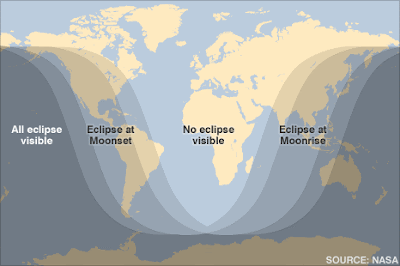Flying in formation, TanDEM-X and TerraSAR-XFlying in formation, TanDEM-X and TerraSAR-X Germany's second Earth observation satellite, TanDEM-X, was launched successfully on 21 June 2010 at 04:14 Central European Summer Time (CEST, at 08:14 local time) from the Baikonur Cosmodrome in Kazakhstan.
Atop a Russian Dnepr rocket, the satellite, weighing more than 1.3 tons and five metres in length, started its journey into orbit. At 4.45 CEST first signal was received via Troll ground station in the Antarctic.

Launch of Germany's Earth observation satellite TanDEM-X
The German Aerospace Center (Deutsches Zentrum für Luft- und Raumfahrt; DLR) manages TanDEM-X (
TerraSAR-X
add-o
n for
Digital
Elevation
Measurement) via its ground segment, and is responsible for mission operations and for generating and utilising the scientific data.
"TanDEM-X is a key German project and will provide us with a homogeneous 3D elevation model of the Earth which will be an indispensable aid for a great many scientific and commercial avenues of enquiry," said DLR Chairman Prof. Dr Johann-Dietrich Wörner at the launch event held in the German Space Operations Center (GSOC) at the DLR site in Oberpfaffenhofen.
"This mission demonstrates Germany's expertise in satellite-based radar technology and is, in particular, the outcome of a consistent focus in the national space programme. Also, TanDEM-X demonstrates a successful public-private partnership," stressed Prof. Wörner.
Public-private partnership
TanDEM-X is being run as a public-private partnership (PPP) between the DLR Astrium GmbH, with DLR funding coming from the German Ministry of Economics and Technology. Infoterra GmbH, a subsidiary of Astrium, is responsible for the commercial marketing of the TanDEM-X data.
Astrium GmbH in Friedrichshafen built the satellite and is sharing the costs for its development and operation. The TanDEM-X mission has a total cost of 165 million Euros. DLR is contributing 125 million Euros and the European space company Astrium is contributing 40 million Euros.
TanDEM-X and its twin satellite, TerraSAR-X, will fly in formation
TerraSAR-X and TanDEM-X flying in close formation
Together with its twin satellite TerraSAR-X, in space since 2007, TanDEM-X will survey the entire land surface area of the Earth - a total of 150 million square kilometres - several times over.
It will accomplish this from an altitude of 514 kilometres within three years.
"This will be the first time we will ever have had a globally standardised 3D digital elevation model of Earth, and with a measuring point density of 12 metres, it will be incredibly accurate," said Prof. Dr Alberto Moreira, Science Director of the TanDEM-X mission and Director of the DLR Microwaves and Radar Institute.
Today, for large areas of Earth, there are only approximate, non-standardised or incomplete elevation models, and it is these gaps that the TanDEM-X mission is designed to fill.
To accomplish this, TanDEM-X and TerraSAR-X will fly just a few hundred metres apart and will constitute the first configurable synthetic aperture radar (SAR) interferometer in space.
With a conventional SAR, the radar on the satellite transmits microwave pulses that are reflected by the surface of the Earth and received back by the radar.
The distance between the satellite and the Earth's surface is calculated from the time it takes the signals to return.
Since the satellite is moving around the Earth, the radar 'illuminates' a strip along the ground, which gives the radar its synthetic aperture, much larger than its real one.
With SAR interferometry, a geographical area is imaged from two different viewing positions, giving different perspectives. This is similar to the way humans use their two eyes to get an accurate, 3D image.
The two 'radar eyes' are on the satellite duo TanDEM-X and TerraSAR-X, and produce an interferogram from the different distances the signals have to cover; elevation data is derived from this
Within three years, this will create a gigantic data record equivalent to the storage capacity of 200 000 DVDs. TanDEM-X is designed for a service life of at least five years and is scheduled to overlap the scheduled service life of TerraSAR-X for at least three of those years.
Satellite-based Earth measurement creates a globally homogeneous terrain model without interruptions at national borders or other inconsistencies (compared with aircraft-based measurements).
Radar can see through bad weather and operates regardless of lighting conditions. Today, this process is without competitors and enjoys considerable respect, especially in the USA.
 Apple first announced the iPhone 4’s gyroscope at WWDC 2010, but it was largely overshadowed by other big players inside the phone — the A4 processor, Retina display, and external antennas.
Apple first announced the iPhone 4’s gyroscope at WWDC 2010, but it was largely overshadowed by other big players inside the phone — the A4 processor, Retina display, and external antennas.  Vibrational gyroscopes have a ton of practical uses, including automotive yaw sensors, game controllers, and image stabilization in cameras.
Vibrational gyroscopes have a ton of practical uses, including automotive yaw sensors, game controllers, and image stabilization in cameras. 































